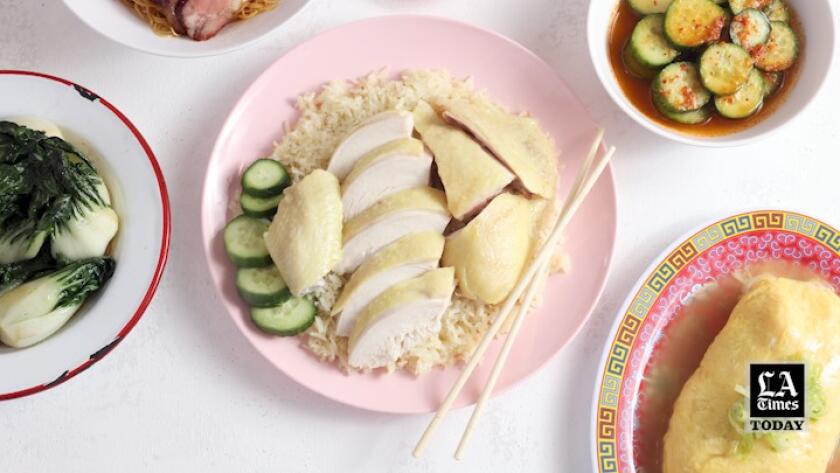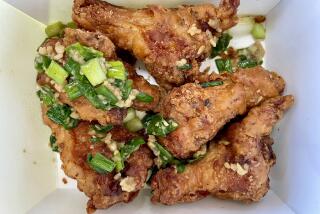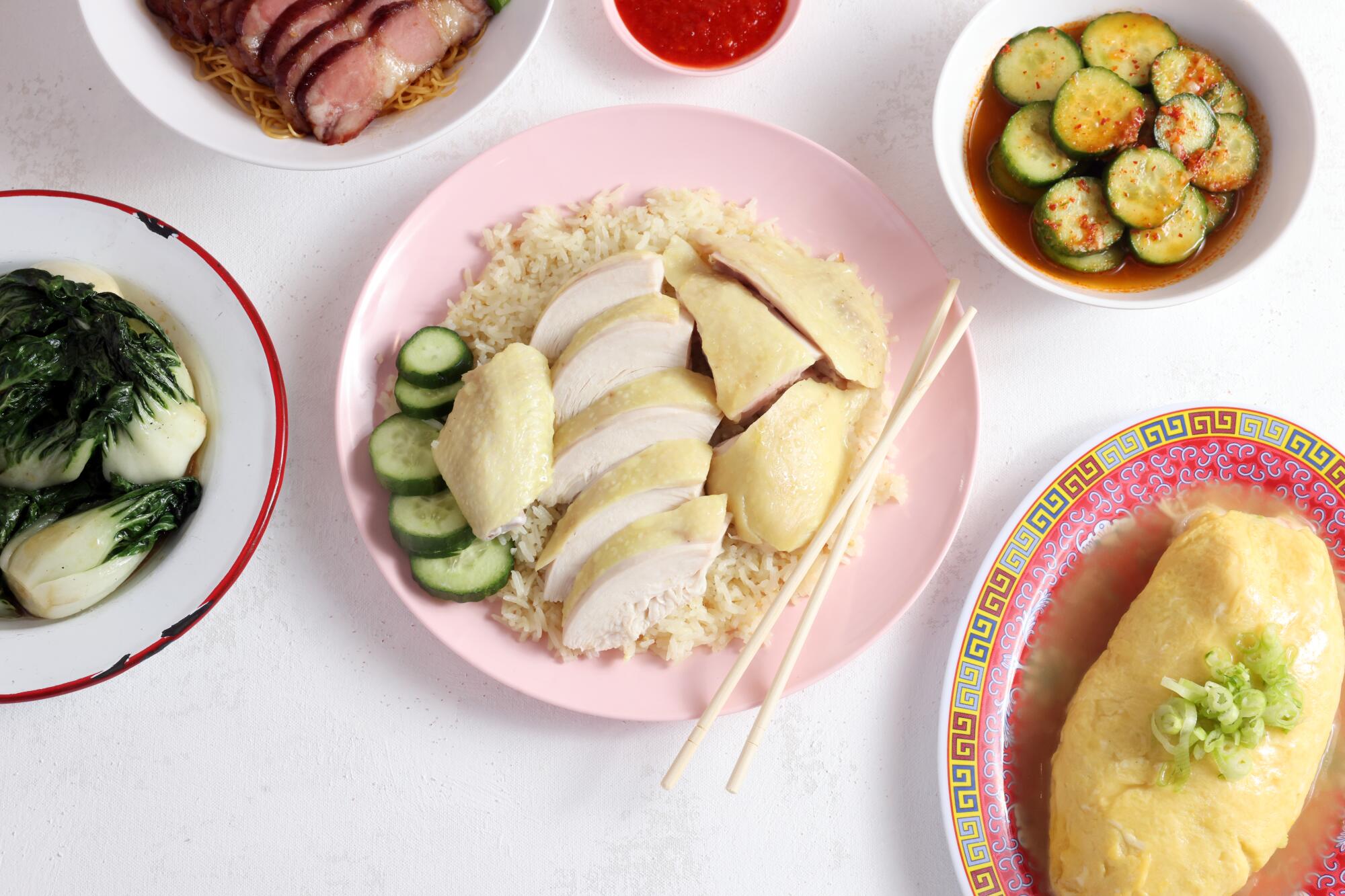
- Share via
When chomping into the Macau pork-chop bun at Pearl River Deli, the first sensation that rolls over your taste buds is obvious: meat. Breaded, fried, appealingly nubbly meat. It takes about eight seconds before more intricate flavors start to sing out in harmony.
Tomato-onion relish, simmered to jam with garlic and capers, introduces sour, sweetness and tang. You might first notice the sugar sprinkled atop the bolo bao — also known as a pineapple bun for its turmeric-yellow color and patterned crown, not for any presence of fruit — as a texture that grazes the roof of your mouth. It blends in among the other tastes and lingers without overwhelming. To boost the savory kick, umami-blasting Maggi seasoning laces the mayo that’s spread over the pork in a thin slick.
The chop is bone-in; the long end, full of crisp-chewy edges, juts out of the bao, resembling a fish tail. If you’re sharing the dish, you may wind up in a sort of wishbone situation. One of you will be luckier.
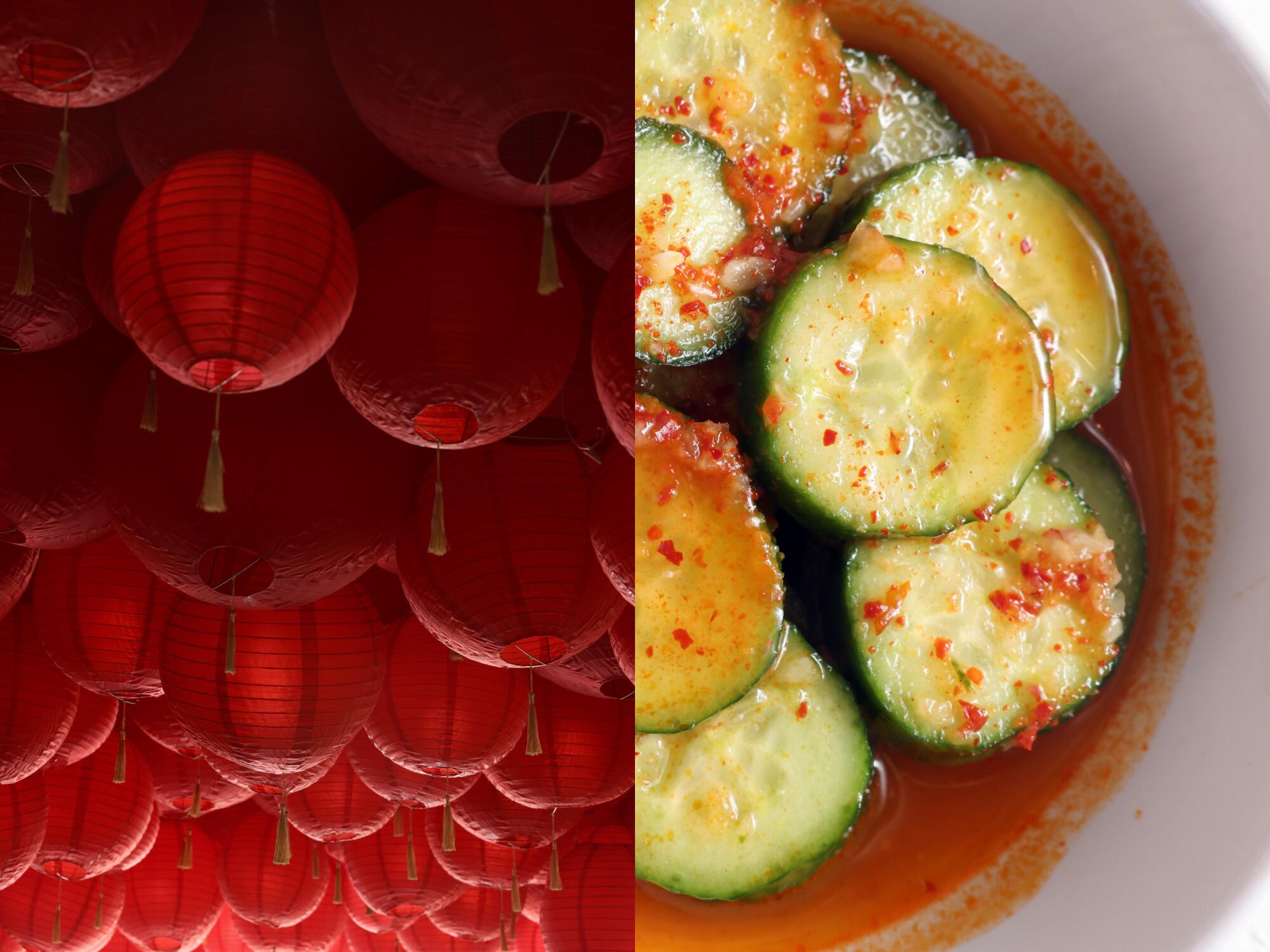
Maybe each diner should order their own. The pork bao is among the most perfectly engineered sandwich-type constructs in Los Angeles — and, at one of the city’s most creatively vital and mercurial restaurants, is among a handful of menu mainstays.
No single label neatly defines Pearl River Deli, but chef and owner Johnny Lee devised it foremost as a personal expression of Cantonese cooking. It’s the cuisine of his childhood. His parents moved the family from Taishan, Guangdong, to Los Angeles when Lee was 1. He grew up visiting Chinatown on weekly grocery-shopping jaunts. Two decades later, in January 2020, he took an opportunity to try out a pop-up in Far East Plaza in a storefront vacated by Eddie Huang’s Baohaus.
As he settled in, Lee watched the lines for Howlin’ Ray’s hot chicken sandwiches trail down the plaza corridors for two months. Then the world went quiet. Pearl River Deli hunkered down in the tiny space, serving takeout for nearly the first two years of the pandemic. At the end of 2021, Lee announced he would move the restaurant down the street a few blocks to the 1930s-era building long occupied by New Dragon Seafood Restaurant and more recently by Vivian Ku’s wonderful, short-lived Taiwanese breakfast pop-up Today Starts Here.
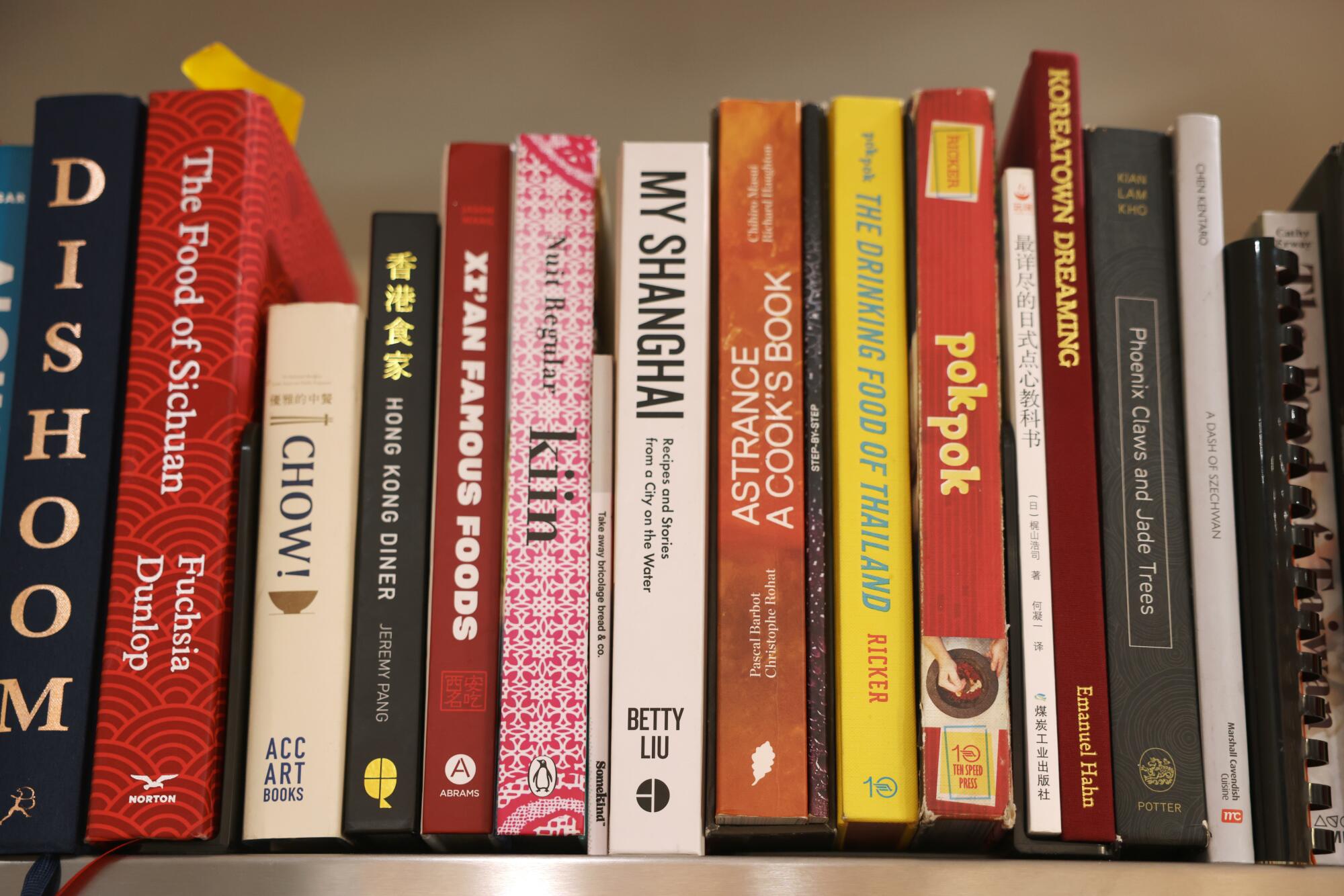
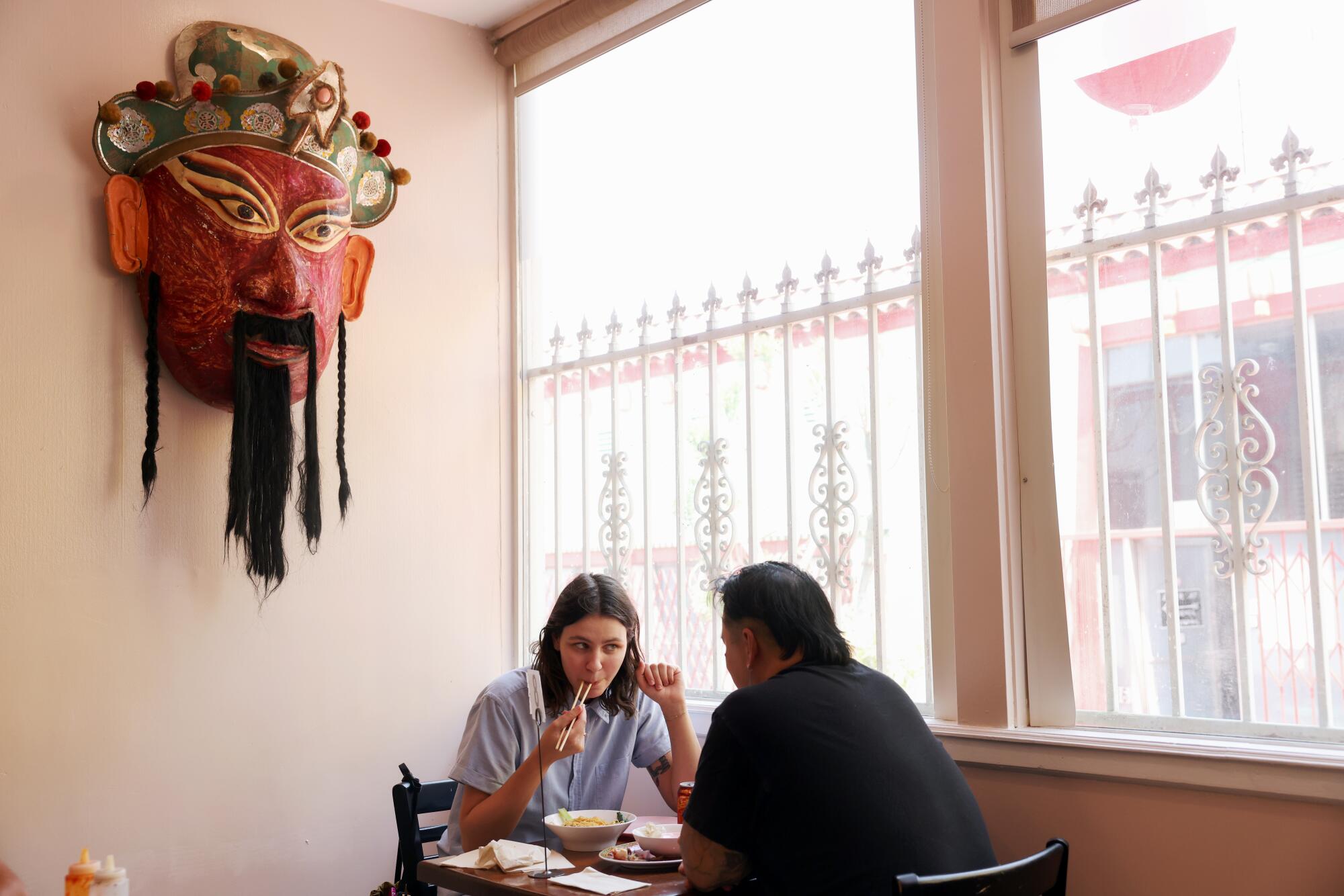
PRD 2.0, as Lee sometimes calls it, reopened in its spare larger space at the end of March. He and his crew have eased in slowly. Concise menus appear weekly on Instagram. Lee once wrote there, “We’re gonna continue the ethos of what’s driven us since the beginning: We cook whatever we want and feel like.” Short-run specials disappear fast, sometimes maddeningly so.
But, to paraphrase words that came to mind when I saw an original “Star Wars” poster among the framed images that fill the restaurant’s back wall, this Death Star is now fully operational. The kitchen has landed on a flow that accommodates a sustainable mix of ambition, experimentation and consistency.
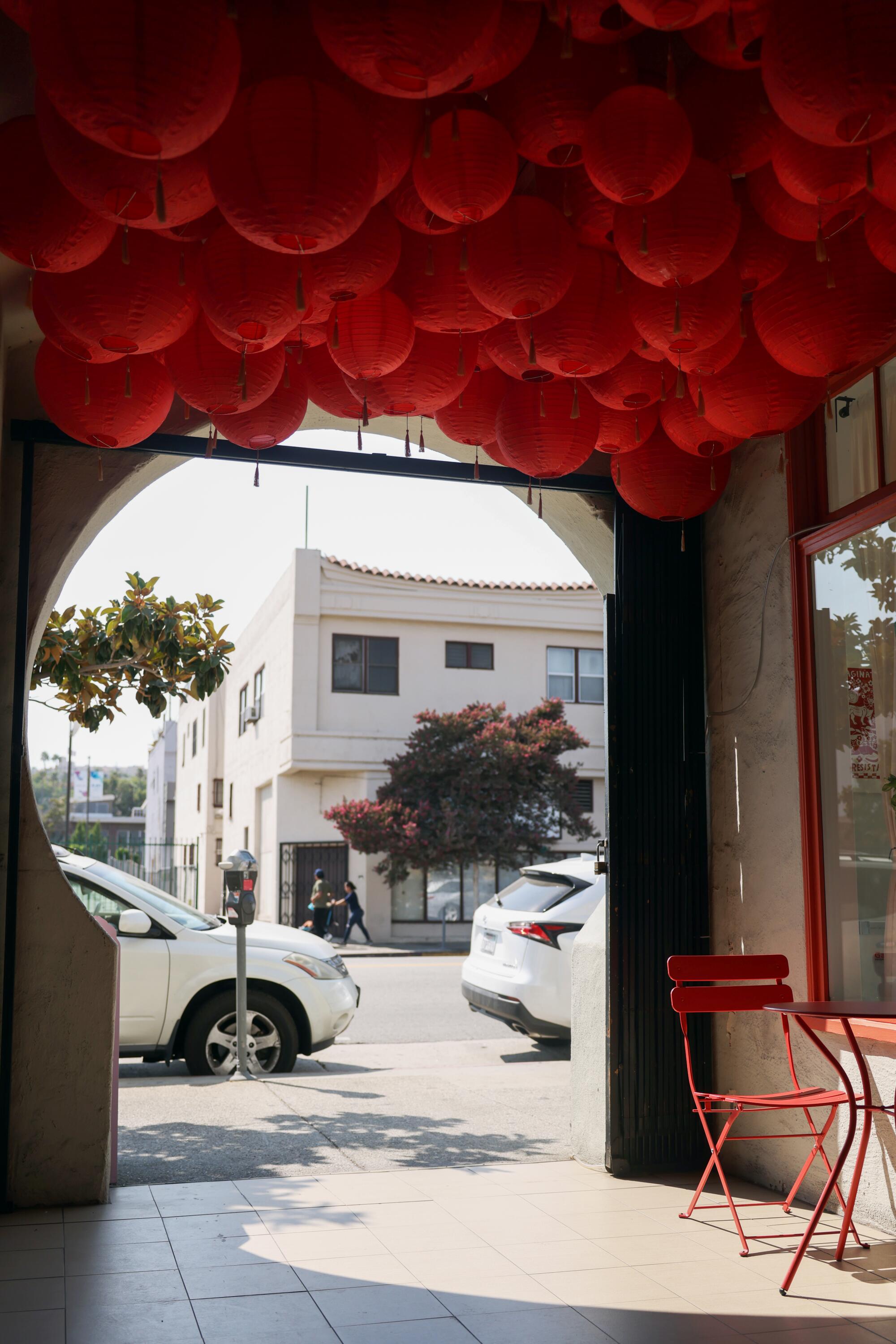
Before Pearl River Deli, Lee made his name as a chef with the Hainan chicken rice he mastered while running Side Chick in the Santa Anita mall. He poaches the bird slowly until the flesh turns buttery and the skin retains a bit of snap while almost melting into the meat. The way he glosses rice with chicken fat leaves it light, never greasy. The flavors of the sauces on the side, even the acid-bright hot sauce, register gently. It’s a calming collage that steadies your mood.
Lee also clearly no longer wants the labors of the dish to rule his culinary life. He honors his customers’ demands for it but continually switches up its availability; currently Hainan chicken rice runs as a weekend special, and I have a feeling that will remain its slot for a while.
You can depend on the constant presence of char siu — the pork belly fat deeply rendered, the arching crown of each slice reddened and caramelized from a glaze heady with five-spice. A plate comes with either rice (ideal for soaking up the meat’s juices) or egg noodles (pleasing in their tangled, textural contrast). The “silky shrimp scramble” — sometimes made with crab, or served in a shallow pool of crab gravy — is a shape-shifter that lately has settled into the form of a beautifully pale omelet. It’s rich and arguably best enjoyed as a shared addition with other dishes on the table.
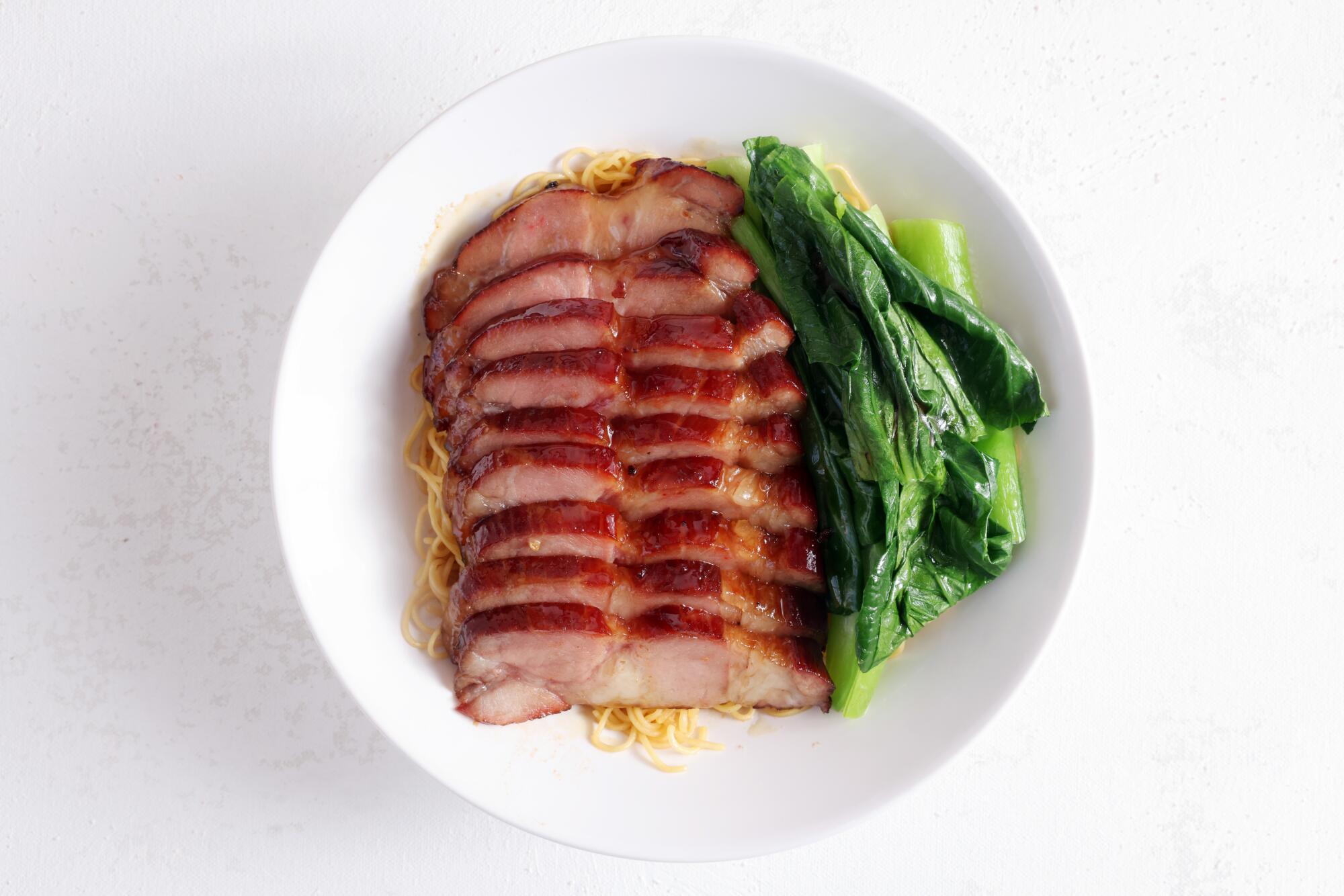
The bao for the Macau pork-chop bun is cracklier and more structurally sound thanks to pastry chef Laura Hoang; she has provided desserts for many businesses across L.A. but took on the role of chef de cuisine when Pearl River Deli moved. Rice flour gives the bao dough its appealing tautness, and Hoang uses the master recipe for an ever-changing rotation of sweet and savory inspirations: cream-filled strawberry shortcakes built from the bolo bao, buns filled with char siu or overlaid with hot dogs and (particularly outstanding) a trio of corn, cheese and chili oil.
Hoang’s edgy whimsy matches Lee’s restless imagination. Their paired creativity carries a thunder-and-lightning potency.

You study the menu at the counter where you order; Lee, Hoang and other staffers bring the food out as it’s ready. What else is there to eat? Simple steamed bok choy dressed in oyster sauce, wok-smoky chowfun tossed with mushrooms or pork — and who knows! Fried lemon chicken? It’s billed as a weekend special and sells out in a night.
Lee is an ace with clay pot tofu casseroles and sausage-flecked rice dishes, but they consume lots of time and stovetop space, so they come and go. I seem to always miss Hoang’s seasonal shaved ice concoctions, but I have caught her sublime, airy-dense cheesecake finished with mango slices macerated in passion fruit-makrut lime shrub. I hope you do too.
When I occasionally long for a more locked-in experience at Pearl River Deli, I remind myself to step back and consider the context in which it exists.
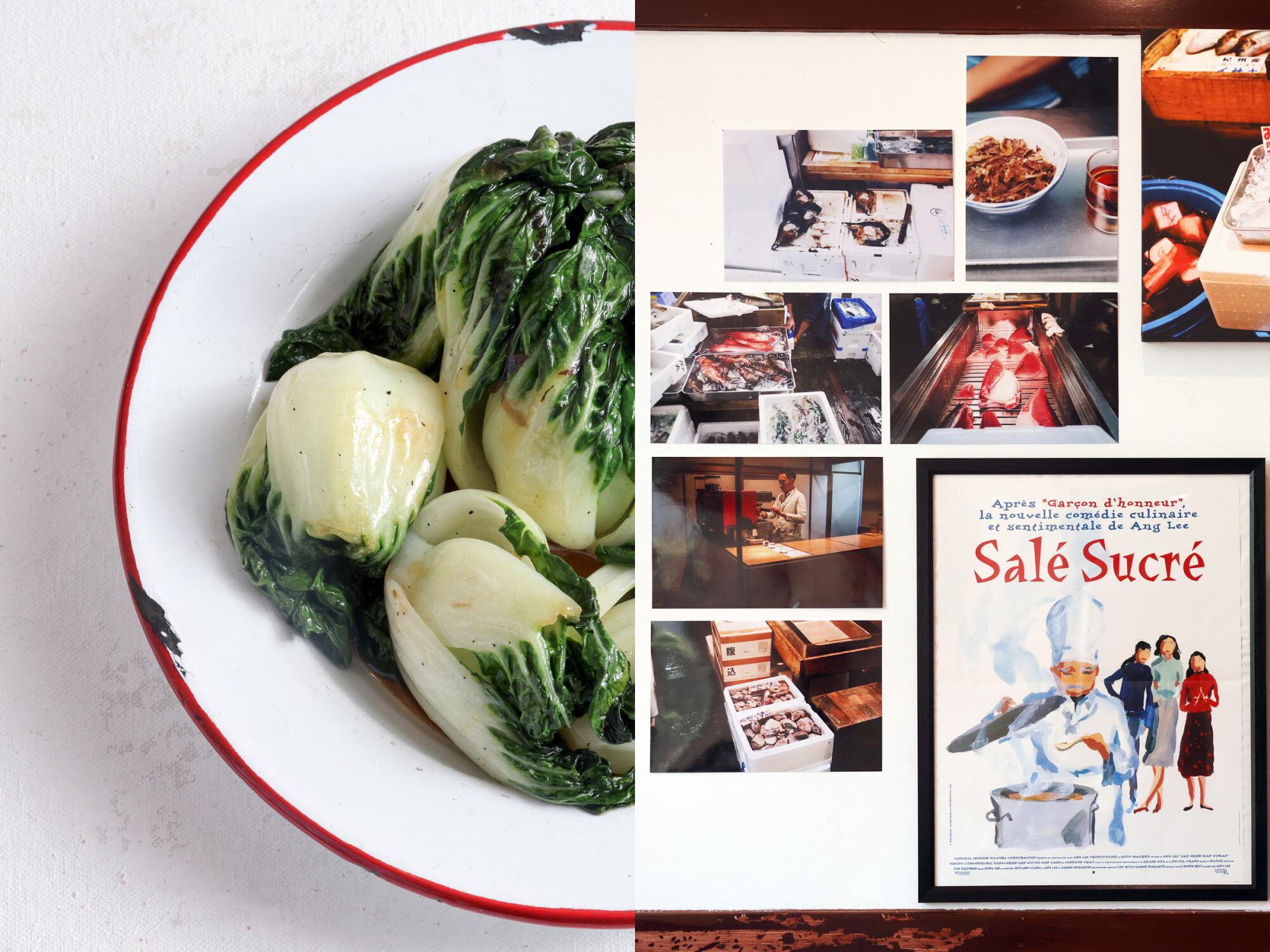
Chinatown — technically the New Chinatown community, since Old Chinatown was razed in the 1930s on the land where Union Station stands — has become a center of gentrification battles in Los Angeles. High-rise condo buildings and expensive restaurants appear in a neighborhood where the median income hovers around $22,000 a year. Lifelong residents are being displaced; the grocery stores where Lee and his family came to shop no longer exist.
As generational tastes shift, Cantonese cuisine also continues to vanish in Los Angeles. Grand banquet houses in the San Gabriel Valley draw fewer crowds for celebrations; Needle, a Cantonese-inspired restaurant that opened shortly before the pandemic, closed in Silver Lake last week.
In Lee’s cooking, you can taste the cuisine’s history and a real-time evolution guided by his hands and mind. And he doesn’t want to be tethered: Sometimes dishes from Vietnamese, Thai and Hawaiian traditions or other regions of China appear in his repertoire. Most of the time they’re delicious, but Lee is an exacting self-editor: I’ve noticed dishes that fall flat disappear quickly.
The world seems to be in accelerated flux. If Lee’s goal is to make food animated by curiosity and an overt pursuit of excellence, why shouldn’t his menu change at a heart-racing pace?
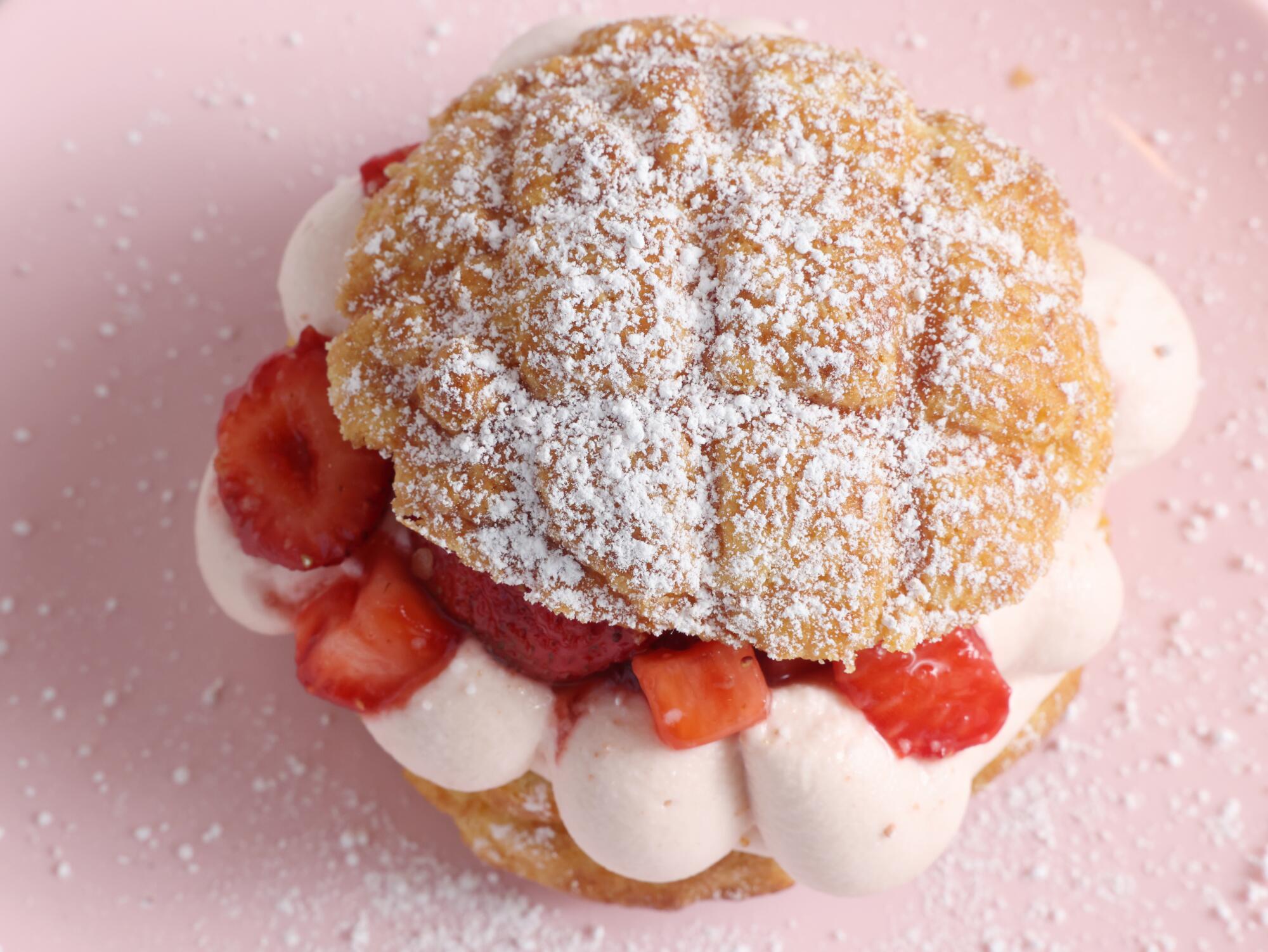
Pearl River Deli
935 Mei Ling Way, Los Angeles, pearlriverdeli.com
Prices: Vegetable dishes $6-$11, most entree-size dishes $13-$17. Menu changes constantly.
Details: Open Wednesday-Saturday 11:30 a.m.-8:30 p.m., Sunday 11: 30 a.m.-4 p.m. No alcohol. Street parking. Takeout available.
Recommended dishes: Macau pork-chop bun, Hainan chicken rice, silky shrimp scramble, chowfun with pork, Laura Hoang’s pastry specials.
- Share via
Watch L.A. Times Today at 7 p.m. on Spectrum News 1 on Channel 1 or live stream on the Spectrum News App. Palos Verdes Peninsula and Orange County viewers can watch on Cox Systems on channel 99.
More to Read
Eat your way across L.A.
Get our weekly Tasting Notes newsletter for reviews, news and more.
You may occasionally receive promotional content from the Los Angeles Times.
